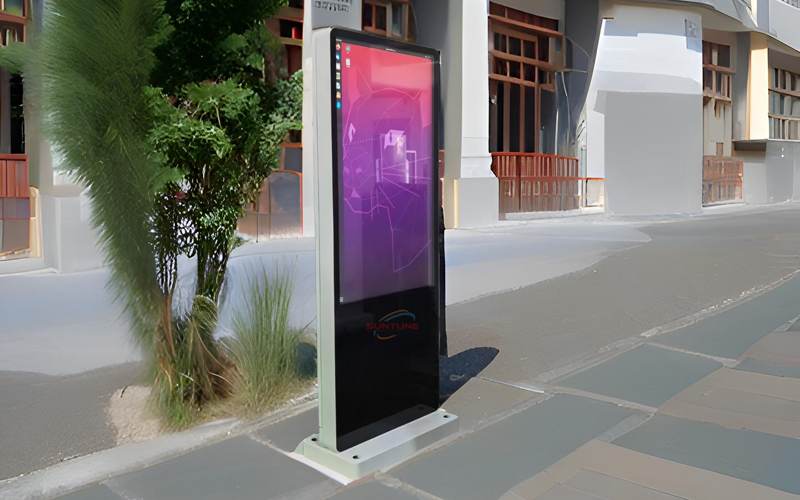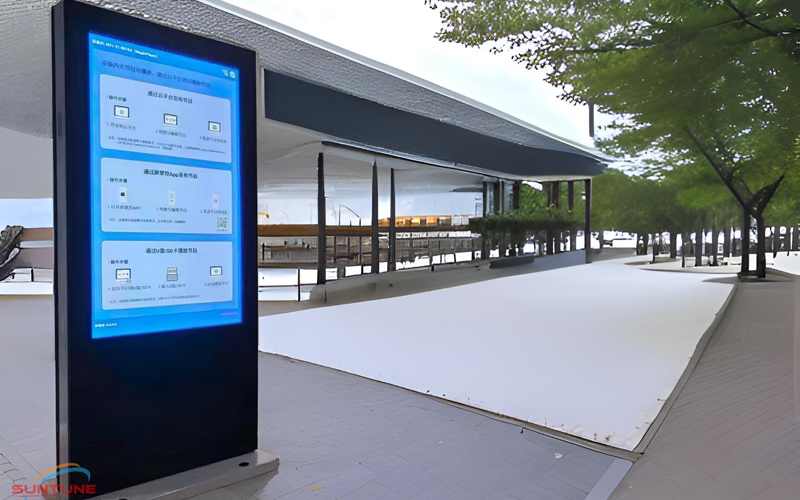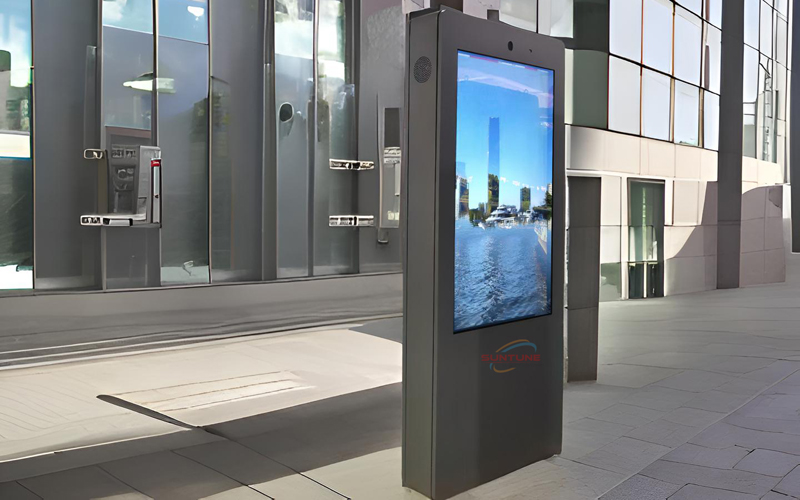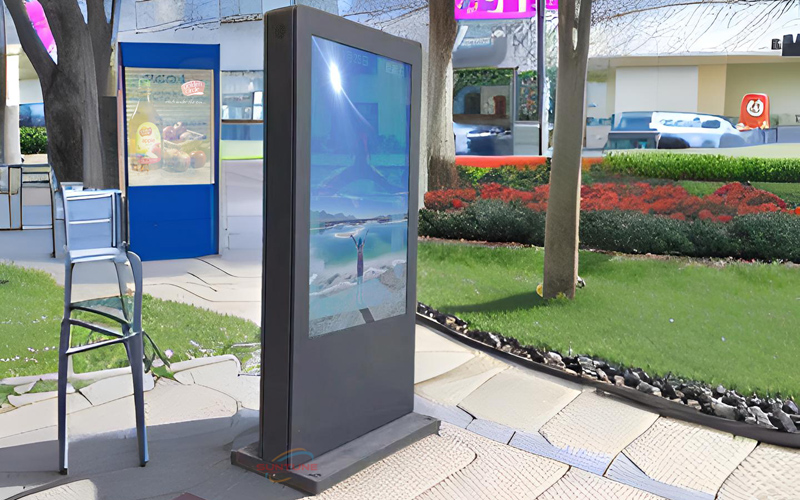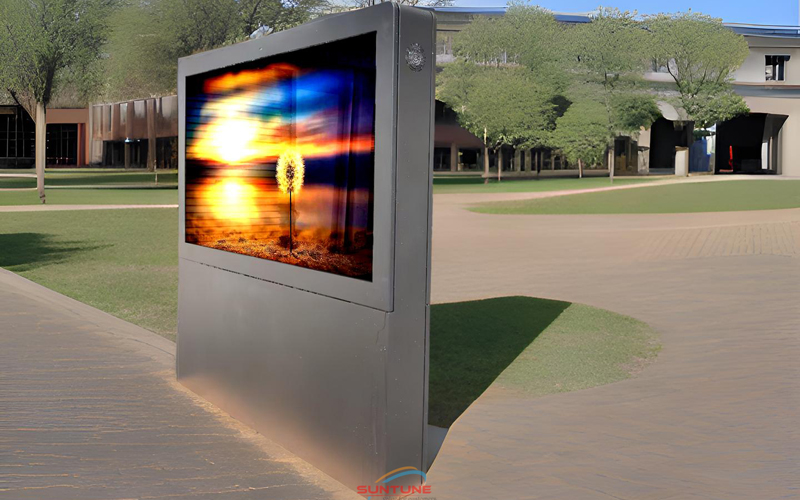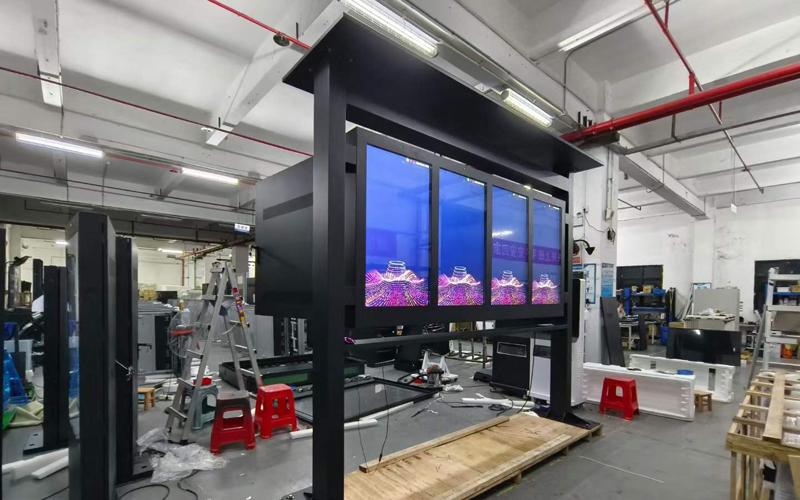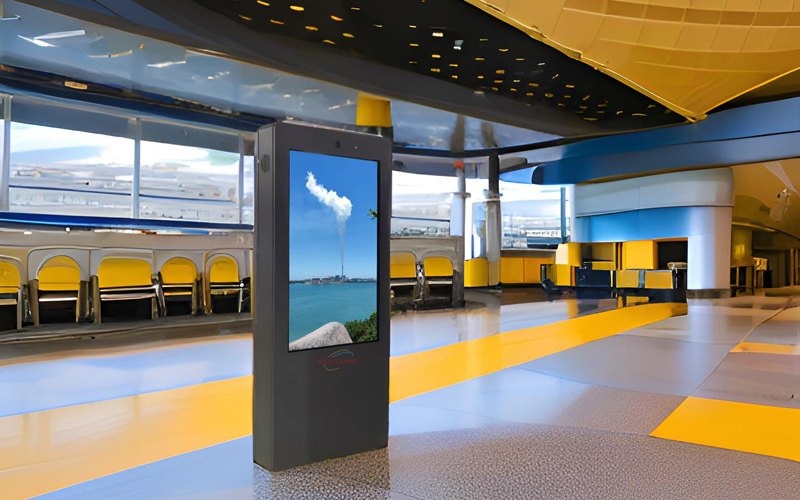Billboards have long been a powerful tool in outdoor advertising, capturing the attention of passersby and delivering messages in a bold and impactful manner. In today’s digital age, the art of billboard design has evolved to incorporate modern trends and technologies, allowing advertisers to create eye-catching displays that stand out in any weather condition. Whether you’re a seasoned graphic designer or someone looking to venture into the world of billboard design, this comprehensive guide will equip you with the knowledge and skills to master this craft.
Essential Elements of a Great Billboard Design
A great billboard design is one that effectively communicates its message while capturing the attention of the target audience. To achieve this, several essential elements must be considered. Firstly, clarity is key. A billboard should convey its message instantly, even to those passing by at high speeds. Therefore, it’s crucial to use clear and concise copy that is easily readable from a distance. Additionally, the use of bold and contrasting colors can help draw attention to the billboard and make the message more memorable. Finally, the inclusion of striking visuals or images that are relevant to the advertised product or service can further enhance the impact of the billboard design.
The Principles of Graphic Design in Billboard Creation
Graphic design principles play a vital role in creating visually appealing and effective billboard designs. One such principle is the rule of thirds, which suggests dividing the billboard into nine equal parts using two horizontal and two vertical lines. This division helps create balance and visual interest in the design. Another important principle is hierarchy, which involves organizing the elements of the billboard design in a way that guides the viewer’s attention. This can be achieved through the use of size, color, and positioning. Additionally, the principle of contrast can be utilized to create visual impact by pairing elements that are visually distinct from one another. Overall, understanding and applying these principles can greatly enhance the aesthetic appeal and effectiveness of a billboard design.
Step-by-Step Guide: How to Design a Billboard
Designing a billboard may seem like a daunting task, but with a systematic approach, it can be a rewarding experience. Here is a step-by-step guide to help you navigate the process:
1. Define your objective: Clearly identify the purpose of the billboard and the message you want to convey.
2. Research and brainstorm: Gather inspiration from existing billboard designs and brainstorm ideas that align with your objective.
3. Create a rough sketch: Start by sketching out your design concepts on paper to visualize the layout and composition.
4. Choose the right software: Utilize graphic design software such as Adobe Illustrator or Photoshop to bring your sketch to life digitally.
5. Layout and composition: Apply the principles of graphic design to arrange the elements of your design in a visually pleasing manner.
6. Typography: Select fonts that are legible and appropriate for the message and ensure that the text is easily readable from a distance.
7. Color and imagery: Use colors and images that enhance the message and capture attention, while maintaining a cohesive visual theme.
8. Review and refine: Take the time to review your design, seeking feedback from others, and make necessary refinements to improve its effectiveness.
By following these steps and honing your design skills, you can create compelling and impactful billboard designs.
Incorporating Modern Trends in Billboard Design
In today’s fast-paced world, it’s important to stay up to date with the latest trends in billboard design. One such trend is the use of digital billboards. These dynamic displays allow for greater creativity and flexibility in terms of the content that can be showcased. With the ability to change messages and visuals instantly, digital billboards offer advertisers the opportunity to engage with their audience in real-time. Additionally, incorporating interactive elements such as QR codes or augmented reality can further enhance the viewer’s experience and drive engagement. By embracing modern trends and technologies, you can create billboard designs that captivate and resonate with your target audience.
3D Billboard Design: A New Era of Outdoor Advertising
The advent of 3D technology has revolutionized the world of billboard design, opening up new possibilities for creativity and impact. 3D billboards create a sense of depth and realism that traditional flat billboards cannot achieve. By incorporating elements that appear to pop out or recede into the background, these designs create a captivating visual experience that grabs attention and leaves a lasting impression. Whether it’s a product coming to life or a scene that transports the viewer to another world, 3D billboard designs take outdoor advertising to a whole new level. With advancements in technology, creating 3D billboards has become more accessible, allowing advertisers to create truly immersive and unforgettable experiences.
The Role of Digital Platforms in Billboard Design
In the digital age, the role of digital platforms in billboard design cannot be ignored. Digital platforms offer advertisers the opportunity to reach a wider audience and gather valuable data on the effectiveness of their billboard campaigns. Through the use of programmatic advertising, billboards can be targeted to specific demographics or locations, ensuring that the right message reaches the right people at the right time. Additionally, digital platforms enable real-time updates and changes to billboard content, allowing advertisers to adapt their messaging based on current events or market trends. By leveraging the power of digital platforms, advertisers can maximize the impact and reach of their billboard designs.
Making Your Billboard Design Weatherproof
Weather conditions can have a significant impact on the visibility and effectiveness of a billboard design. To ensure that your design withstands the elements and remains attention-grabbing in any weather condition, several considerations must be taken into account. Firstly, choosing durable and weather-resistant materials is essential. Opt for high-quality vinyl or other weatherproof materials that can withstand rain, wind, and sunlight without fading or deteriorating. Additionally, incorporating bold colors and strong contrasts can help your design stand out even in gloomy or overcast conditions. Finally, regularly inspecting and maintaining your billboard can help identify and address any weather-related damage or wear and tear. By making your billboard design weatherproof, you can ensure that your message remains visible and impactful regardless of the elements.
The Cost of Billboard Design: What to Expect
When considering billboard design, it’s important to factor in the cost associated with creating and implementing your design. The cost of billboard design can vary depending on several factors, including the size of the billboard, the complexity of the design, and the duration of the campaign. Additionally, the location of the billboard can also impact the cost, with prime locations commanding higher rates. It’s essential to work with a reputable and experienced billboard design agency or graphic designer who can provide you with a detailed breakdown of the costs involved. By understanding and budgeting for the cost of billboard design, you can ensure that you allocate the necessary resources to create a visually compelling and impactful design that delivers results.
Examples of Effective and Best Billboard Designs
To inspire your own billboard design endeavors, let’s take a look at some examples of effective and best billboard designs:
1. Nike: The iconic “Just Do It” campaign by Nike is a prime example of a simple yet powerful billboard design. The combination of bold typography and a striking visual of an athlete conveys the brand’s message of determination and empowerment.
2. Coca-Cola: Coca-Cola is known for its creative and memorable billboard designs. One notable example is the “Share a Coke” campaign, which featured billboards with names on them, inviting people to share a Coke with a friend or loved one. This campaign effectively engaged the audience and sparked conversations.
3. Apple: Apple’s minimalist approach to billboard design is both sleek and attention-grabbing. By showcasing their products against a clean white background, Apple creates a sense of elegance and sophistication that aligns with their brand identity.
By studying and analyzing successful billboard designs, you can gain insights into the strategies and techniques that make these designs effective and memorable.
Advertising Billboard Design: Do’s and Don’ts
When it comes to advertising billboard design, there are certain do’s and don’ts that can make or break the effectiveness of your design. Let’s explore some of these:
Do’s:
Do keep the message simple and concise.
Do use bold and contrasting colors to draw attention.
Do include a clear call-to-action that prompts the viewer to take action.
Do consider the viewing distance and angle when designing your billboard.
Do test your design from different distances and angles to ensure visibility and impact.
Don’ts:
Don’t overcrowd the design with too much text or unnecessary elements.
Don’t use colors or fonts that are difficult to read from a distance.
Don’t rely solely on images without a clear message.
Don’t forget to consider the placement and surroundings of your billboard.
Don’t neglect to regularly monitor and maintain your billboard for optimal visibility.
By following these do’s and avoiding these don’ts, you can create advertising billboard designs that effectively communicate your message and capture the attention of your target audience.
Final Thoughts on Mastering Billboard Design
Mastering the craft of billboard design requires a combination of creativity, strategic thinking, and technical skills. By understanding the essential elements of great billboard design, applying the principles of graphic design, and incorporating modern trends and technologies, you can create attention-grabbing digital billboards that stand out in any weather condition. With careful planning, a step-by-step approach, and a focus on delivering a clear and impactful message, you can master the art of billboard design and create designs that captivate and resonate with your audience. So, embrace the possibilities, explore the limitless creativity, and let your billboard designs make a lasting impression.

